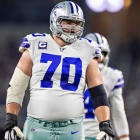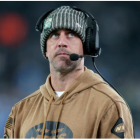One year prove-it deals are not a relatively new phenomenon. It just seems this way because higher-profile players considered among the top free agents are more willing this offseason to bet on themselves with the short-term route. This could be partially because lucrative long-term contracts only give the illusion of security but are really no more than three-year commitments that become year-to-year propositions afterwards since the deals aren’t fully guaranteed.
Players looking to prove it in 2017
Wide receiver Alshon Jeffery opted for a one-year contract from the Eagles with a base value of $9.5 million because a deal comparable to Dez Bryant, Demaryius Thomas, Julio Jones and A.J. Green’s never materialized. These deals, which were signed in 2015, average between $14 million and $15 million per year. With the exception of Green, the players received between $43.5 million and $47 million of guarantees in their contracts. Jeffery’s can be worth as much as $14 million through incentives.
Terrelle Pryor signed with the Redskins to help offset the loss of wide receivers Pierre Garcon and DeSean Jackson in free agency. The converted quarterback is betting on himself with a one-year, $6 million deal (worth as much as $8 million through incentives). A contract for significantly more than the four-year, $32.5 million deal containing $17 million in guarantees Kenny Britt took to replace Pryor with the Browns should be available in a year provided Pryor is correct that he is just scratching the surface of talent at wide receiver.
Interior defensive linemen Bennie Logan and Dontari Poe are banking on their respective changes of scenery from the Eagles and Chiefs respectively to the Chiefs and Falcons for $8 million deals rewarding them handsomely in 2018. Poe’s contract is worth as much as $10 million through incentives.
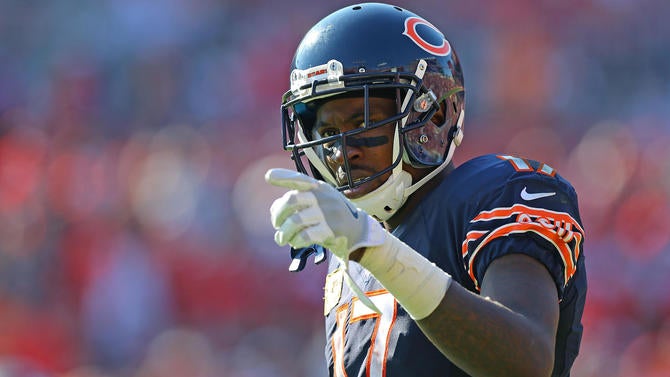
Who fits (and doesn’t fit) into the prove-it category
The prove-it deal concept was something I discussed with impending free agent clients as far back as the late 1990s when I was representing players. The typical candidate has been a player in his prime that had performed poorly or suffered an injury in a contract year where the expectation was the market for a satisfactory long term deal wouldn’t develop. Players with character or off-the-field issues have used prove it deals to try to further erase concerns so teams would be more comfortable making a more meaningful commitment to them.
There are also players who initially price themselves out of the market during the first wave of agency and ultimately take one-year deals over long term contracts that fall far short of their original expectations.
There are plenty of players that annually sign one-year deals that don’t fit into the prove-it category. Generally, players over 30, particularly at running back, aren’t going to get lucrative multi-year contracts after a highly productive season. Although players are playing at a higher level later in their careers, NFL teams are still reluctant to make a significant commitment when diminishing returns are anticipated. Obviously, there are exceptions, like 33-year-old Vernon Davis, who recently re-signed with the Redskins for $15 million over three-years after playing the 2016 season on a one-year deal for $2.4 million where he earned extra $500,000 in incentives.
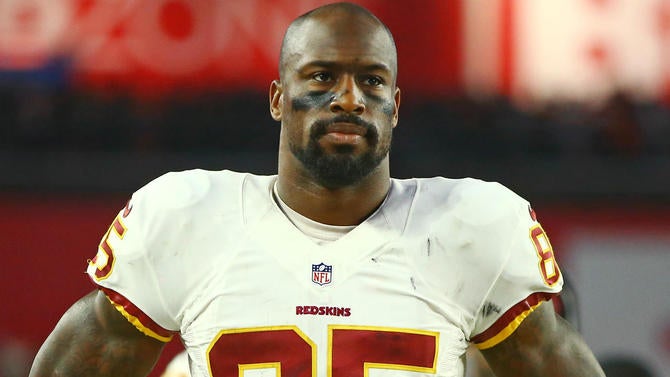
The numerous one-year deals classified as minimum salary benefit (MSB) contracts don’t qualify either. Players with four or more years of credit under the NFL pension plan sign for their applicable league minimum base salary and a maximum of $80,000 in additional compensation (signing bonus, reporting bonus, roster bonus, workout bonus or any incentive). A player’s base salary counts on the salary cap at the $615,000 minimum salary for players with two years of service instead of at his actual base salary. A lot of players with MSB contracts are just trying to survive in the NFL.
Restricted free agents (RFAs) and franchise players playing under their respective tenders are technically on one-year prove-it deals. Since they don’t fit the classic definition, they are also excluded. RFAs have roughly a 40-day window at the beginning of free agency to test the open market before their exclusive negotiating rights revert back to their prior teams. Offer sheets from other teams are a rarity for RFAs during the signing period. RFAs that play the year on their tender can become highly desirable unrestricted free agents. For example, A,J. Bouye received a five-year, $65 million contract containing $26 million fully guaranteed from the Jaguars after his RFA year with the Texans.
The franchise tag was initially conceived as a method to allow teams to retain marquee players where it would act as a precursor to a long-term contract. Over time, it has become a tool that restricts a team’s best free agent in a given year from entering the open market. Of the nine players receiving franchise tags in 2016, only Redskins quarterback Kirk Cousins and Rams cornerback Trumaine Johnson were designated a second straight time. Six of last year’s franchise players have signed long-term contracts.
When prove-it deals work for players and teams
Wide receiver Michael Crabtree and defensive end Greg Hardy are good illustrations in 2015 of the opposite end of the spectrum with prove-it deals. Crabtree had an ideal result after accepting a one-year, $3.2 million deal (worth a maximum of $5 million through incentives) with the Raiders because of a tepid free agent market coming off a 2014 season where he took a backseat to a then-34-year-old Anquan Boldin in the 49ers’ passing game. He quickly developed a rapport with quarterback Derek Carr complementing 2015 fourth-overall pick Amari Cooper at wide receiver. Crabtree was having a career year when the Raiders signed him to a four-year, $34 million contract extension (worth a maximum of $35.2 million through incentives) with $16.5 million in guarantees late in the 2015 season.
There wasn’t much interest in Hardy because of his domestic violence incident, for which he received a four-game suspension. Hardy signed a $13.116 million franchise tag tender in 2014 but only played in one game. He spent most of the season on the Exempt/Commissioner’s Permission List because of the allegations.
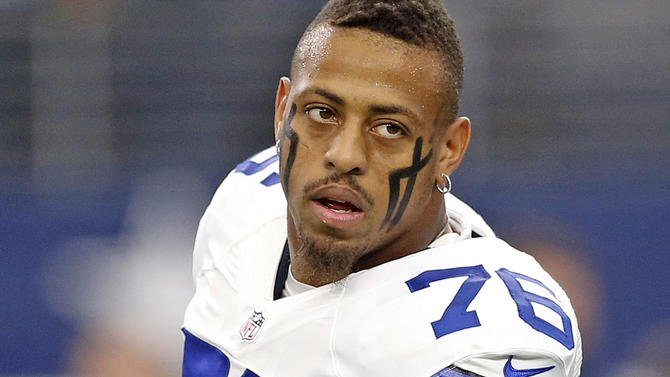
The Cowboys gave Hardy a team-friendly one-year deal with a base value of $8,822,629 (worth up to $10,627,029) when the suspension was taken into account. Hardy didn’t do himself any favors during the 2015 season by being a big distraction to the Cowboys without producing as expected on the field. He had six sacks in 12 games. As a pass rusher in his prime capable of getting 15 sacks in a season, Hardy should have been able to command a multi-year contract averaging at least $15 million per year on the open market in 2014 without any character concerns. Instead, Hardy has worn out his welcome in the NFL.
Cashing in on the prove-it deals
The results of prove-it deals fitting the strict definition overall were pretty dismal for players in 2015. Only 10 of 46 qualified players (21.7 percent) signed multi-year contracts in 2016.
There were 56 such prove-it deals in 2016. The results in free agency have been much more encouraging so far this offseason. 24 players have already signed long-term contracts. The rate of converting prove-it deals into long-term contracts is still unlikely to hit 50 percent.
Most notably, Russell Okung took a one-year deal for $5 million with another $3 million in incentives, which were earned, giving the Broncos an option for an additional four years worth $48 million. Denver refused to pick up the option for the 2017 through 2020 seasons. Okung was able to replace the option and then some. The Chargers gave Okung a four-year, $53 million contract containing $25 million fully guaranteed at signing. The deal makes Okung the NFL’s highest paid offensive lineman with a $13.25 million average yearly salary.
Giants defensive end Jason Pierre-Paul returning to the form his displayed in 2014 before severely injuring his right hand during a 2015 Fourth of July fireworks accidents after receiving a $14.813 million franchise tag has paid off for him. He returned to the Giants last season on a one-year, $10 million deal after the accident limited him to one sack in the eight games he played in 2015. The Giants franchised him again this offseason for $16.934 million. He has recently signed a four-year deal with a base value of $62 million containing $40 million in guarantees.
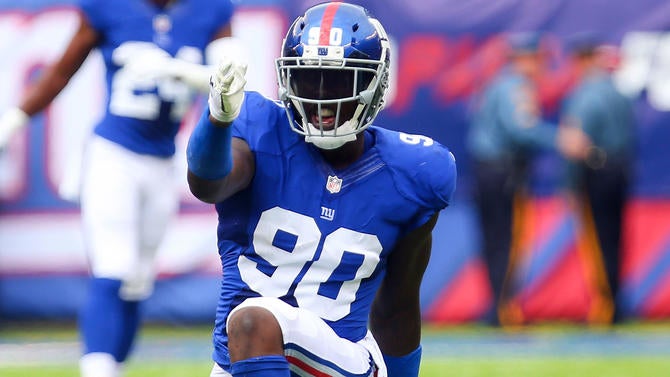
Packers outside linebacker Nick Perry is another success story from this offseason. The 2012 first-round pick played the 2016 season on a one-year, $5 million deal. Perry was able to capitalize on a breakout year with 11 sacks by staying in Green Bay with a five-year, $60 million contract.
Perseverance with the one year process has paid off for defensive end Nick Fairley and tight end Jermaine Gresham. Both had gotten long-term deals after going the prove it route in 2015 and 2016. One-year deals with the Rams and Saints in the last two seasons led to Fairley staying in New Orleans on four-year $28 million deal with $14 million in guarantees. Gresham returned to the Cardinals on a four-year, $28 million deal with $16.5 million in guarantees after two straight one-year deals with the team.
Thirty-one players have already signed prove-it deals less than two weeks into free agency this year. Offensive tackle Andre Smith and cornerbacks Prince Amukamara and Morris Claiborne are giving the one-year approach another shot in hopes of their patience being rewarding like Fairley and Gresham. Amukamara has the most lucrative one-year deal of the three with his $7 million from the Bears fully guaranteed.
The majority never really prove it
Defensive tackle Terrance Knighton should be more of a cautionary tale. The expectation in 2015 was Knighton would join the Raiders because of his relationship with head coach Jack Del Rio, who previously had him with the Jaguars and was instrumental in subsequently him becoming a member of the Broncos while he was defensive coordinator. When the Raiders didn’t offer Knighton a sufficient long-term contract, he signed a one-year, $4 million deal with the Redskins. His season with the Redskins led to a one-year, $2.05 million contract (worth up to $4.55 million through incentives) with the Patriots in 2016.
Knighton didn’t survive final roster cutdowns with the Patriots and has yet to sign with another NFL team.
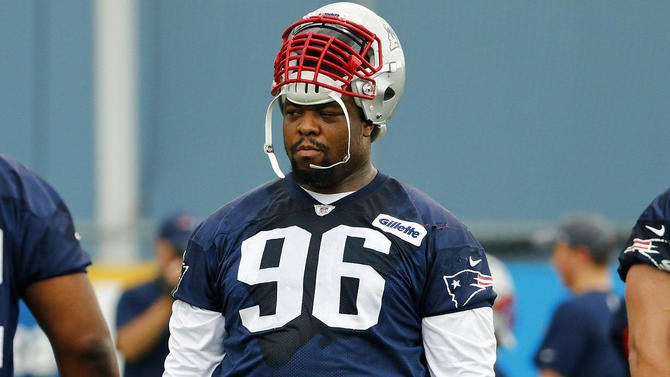
The successes are going to obscure the failures in the decision to take prove-it deals even though a majority of players will never get their big payday. The potential reward will be deemed to outweigh the risks. Players in entering their prime, especially early-round picks that feel their best football is ahead of them, are going to be willing to bet on themselves at least once.
Cornerback D.J. Hayden was a disappointment as the Raiders’ 2013 first round pick. He is trying to resurrect his career on a one-year, $3.75 million deal with the Lions. Whether Hayden defies the odds of prove it deals remains to be seen.










